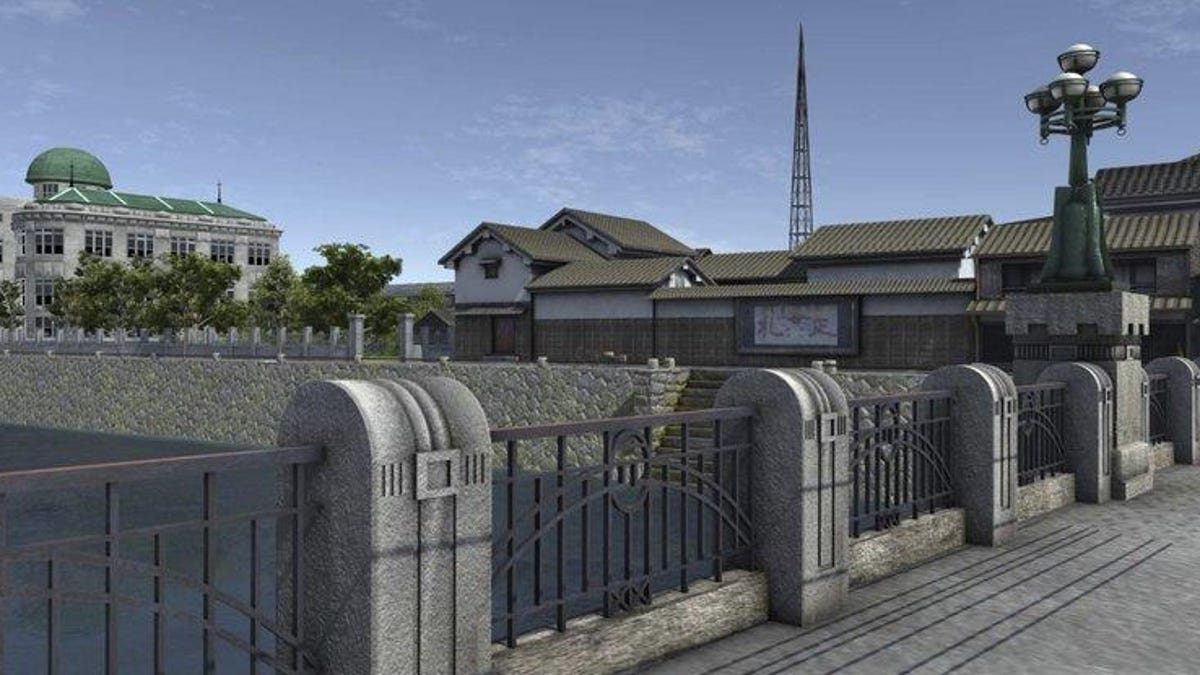VR tour of Hiroshima bombing created by Japanese students
The virtual reality experience recreates Hiroshima before, during and after an atomic bomb was dropped on the city in 1945.

On Aug. 6, 1945, the US dropped an atomic bomb on the city of Hiroshima, Japan, killing an estimated 140,000 people.
The event changed the course of World War II and demonstrated the unbelievably devastating force of nuclear weapons. Now, the Associated Press reports a team of Japanese students have developed a virtual reality experience that recreates the attack, in an effort to highlight the lingering horrors the nuclear explosion wreaked upon the city -- and prevent it from happening ever again.
The project is two years in the making for the students of Fukuyama Technical High School, situated some 60 miles east of Hiroshima. It places users along Hiroshima's Motoyasu River, allowing them to glimpse the scenery and buildings of the era through a HTC Vive headset. By investigating old photographs and accessing first-hand accounts of the bombing, the students were able to faithfully recreate Hiroshima in 1945.
"When I was creating the buildings before the atomic bomb fell and after, I saw many photos of buildings that were gone. I really felt how scary atomic bombs can be," student Yuhi Nakagawa told the Associated Press.
"Those who knew the city very well tell us it's done very well. They say it's very nostalgic," added Katsushi Hasegawa, the computer teacher who has oversaw the project.
Virtual reality has gradually moved away from its video game roots and into more mainstream applications. Yellowstone National Park wants to use it to help you thwart bear attacks and the Anne Frank House museum recently created a virtual reality tour of Frank's historic secret annex. Expectant parents can even watch a childbirth in VR, to prepare themselves for what's to come.

